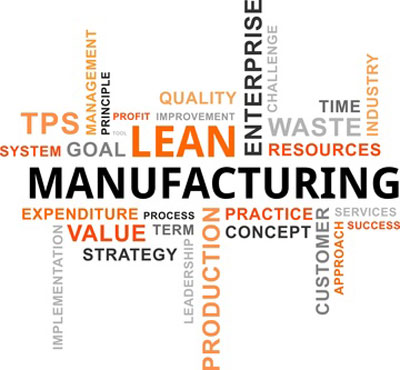
Lean benefits are not found in a three-day workshop, but rather arise and are sustained through culture change.
I have always been a process consultant, typically focusing on those processes which are the most relevant to making rapid improvement with the specific manufacturer or distributor I am partnering with. Yet, I find that processes alone are useless as they have to be married up with the “right” people, the “right” systems and aligned with the strategy. However, people rarely come to me to find the “right” process improvement initiatives for company success; instead, they ask about “quick fixes” and sometimes Kaizen or lean events.
My answer is always, “Why?” If the requestor thinks a lean event will deliver “motherhood and apple pie” for them, I push back, as a three-day workshop alone will not provide the long-term benefit they desire. Lean benefits arise from significant culture change!
On the other hand, lean is valuable in the “right” situations, and it provides a nice set of tools for improvement. After spending time with the experts of the experts, I still contend that lean is simply “uncommon common sense”.
A few of the tenets of lean which I consider “uncommon common sense” include the following: 1) Start with customer value. 2) Eliminate waste. 3) Involve the people.
- Start with Customer Value: Similar to business in general (if you ask just about any business owner or CEO), you must start with your customer. What do they value? What are they willing to pay for? That’s an intriguing question – take a step back and think about what you are willing to pay for. Expedited service? I seem to frequently request quick Amazon deliveries for my parents. Atmosphere? Would you pay more for a nice Italian restaurant vs. a McDonald’s?What is becoming more or less important to your customers? Is price key? Of course they all will say that price is king; however, in 80% of the clients I consult with, so long as they are in the ballpark in terms of price, the customers care more about quality, service, product variety, the experience, etc. Do you know which is important to your customers? If not, you better find out!The key is to design your processes with your customer in mind. Of course, every business has TONS of non-value added steps in their processes. Don’t despair as it isn’t a black or white situation – significant improvement while moving in the right direction is fine. I’ve found that if you think logically, you’ll be in great shape vs. the masses. Do you take the time to see if what you are doing makes sense?
- Eliminate Waste: Again, what could be more like common sense than to put a stop to waste? My good friend’s sharp-as-a-tack 96 year old dad used to be an investment banker/ turnaround CEO combination with a 100% success rate. When I asked for his secrets to success, one of the top ones was to walk around a facility, look for waste and eliminate it – uncommon common sense! Rarely followed but not rocket science. Very few clients see the vast waste in their operations and back office processes. We become such great fire fighters that we forget about doing it right the first time!To give you a flavor of what to look for, I thought a quick recap of the three types of waste might be helpful: 1) Muda (more resources are used than required) – there are many types of muda (non-value add) including defects, waiting, and inventory. Purists say all inventory should be considered waste; however, I suggest we go back to common sense. What is needed to cover for volatility, uneven demand and lead time gaps while addressing the root causes? 2) Mura (unevenness) – certainly it’s rare to find “even” requirements in real life. The idea is to utilize just-in-time and create a pull system to address mura. 3) Muri (overburdened) – in this case, the factory or machine cannot possibly catch up with the current staffing, equipment capabilities, non-standard processes etc. A frequent occurrence to be sure! Standardized work is significant in resolving muri.
- Involve the people: It certainly seems like common sense to involve the people affected in the design of the work process; however, it rarely occurs! Doesn’t it seem strange that we have to schedule Kaizen events just to ask people for their input?For example, when redesigning how an order management or planning process will work, do you involve the people who “live” with the process on a daily basis? In my experience, those who are closest to the process have the best ideas for improving the process. Wouldn’t you consider this “uncommon common sense” though?
There is much to be learned from The Toyota Production System and Lean; however, it’s easy to go overboard. I’ve found that those who follow “uncommon common sense” are vastly more successful than their counterparts, including those who perform frequent Kaizen events. What are your plans for instilling common sense thinking in your workplace?


